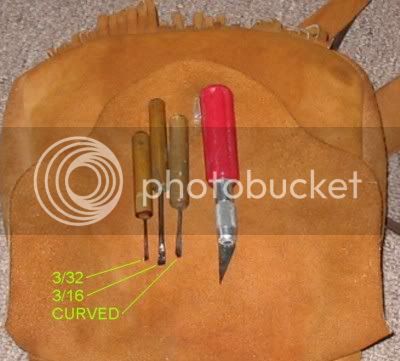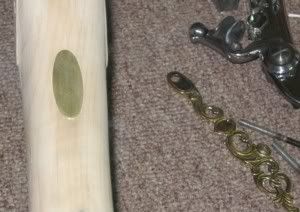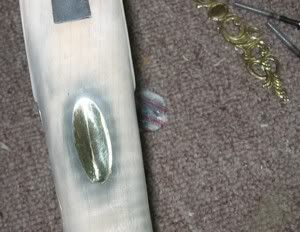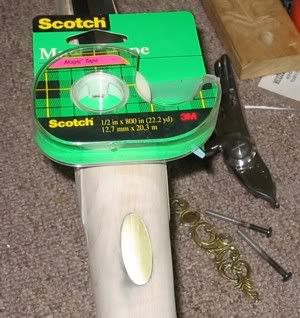Guest
What do you guys use for tools when inletting inlays into a gunstock? I put my first inlay in the stock of my pistol last night, and it came out okay, but definitely not as good as I'd have liked. I glued the inlay to the stock with a drop of Elmer's, traced around it with an Xacto knife, and removed the wood with a 1/4" wood chisel (the smallest thing I had that I thought was appropriate). It took a while, and I didn't rush, but I still found that when I was finished, the edge around the inlay was not sharp and clean. I found myself wishing I had some sort of smaller, more controllable tool to cut the wood out with. I also had a difficult time because I couldn't clearly see the cuts made by the Xacto knife... I'm thinking on the next one I'll both cut with the Xacto and trace it with a pencil for clarity?
I've done searches and gone back and read as many posts on inletting I could find, and I find references to things made out of hacksaw blades and such, but lack of detail leaves me wondering. I did make a block like Zonie's for curving the inlays, and that worked fine, so I at least have them curved to fit the stock. The next two inlays are stars, and I really want them to come out better than the first one.
Help?
I've done searches and gone back and read as many posts on inletting I could find, and I find references to things made out of hacksaw blades and such, but lack of detail leaves me wondering. I did make a block like Zonie's for curving the inlays, and that worked fine, so I at least have them curved to fit the stock. The next two inlays are stars, and I really want them to come out better than the first one.
Help?











